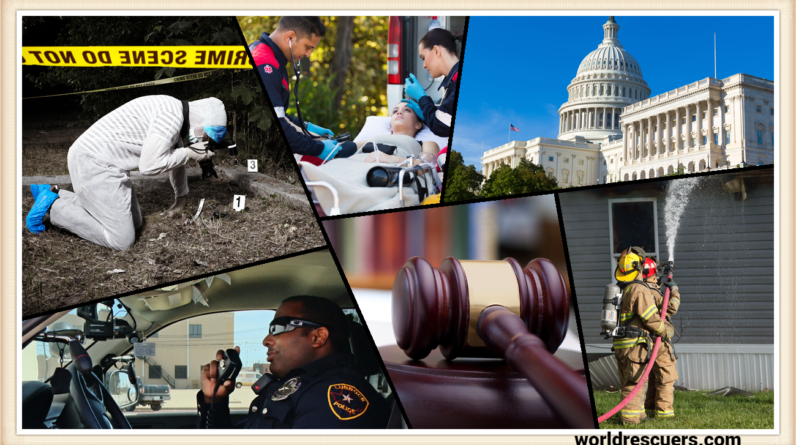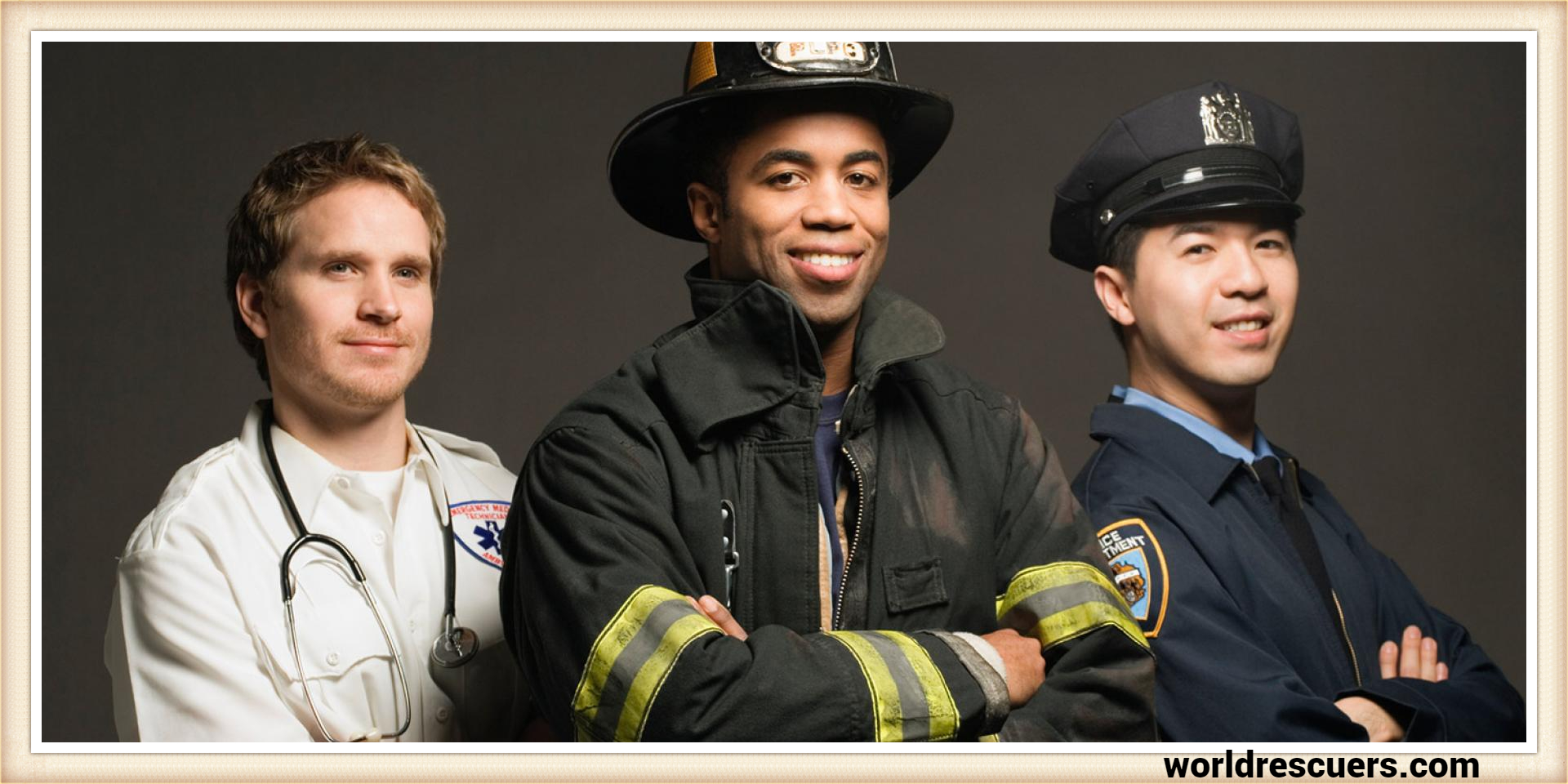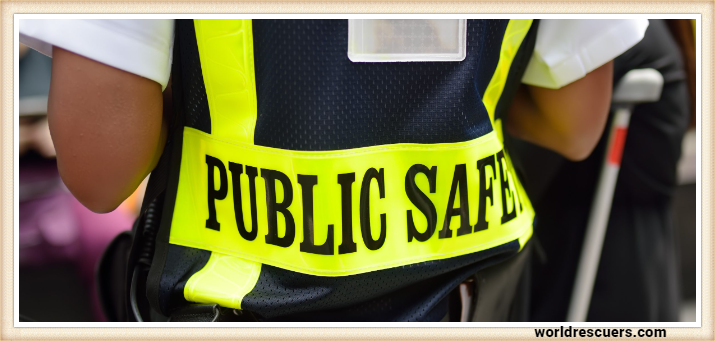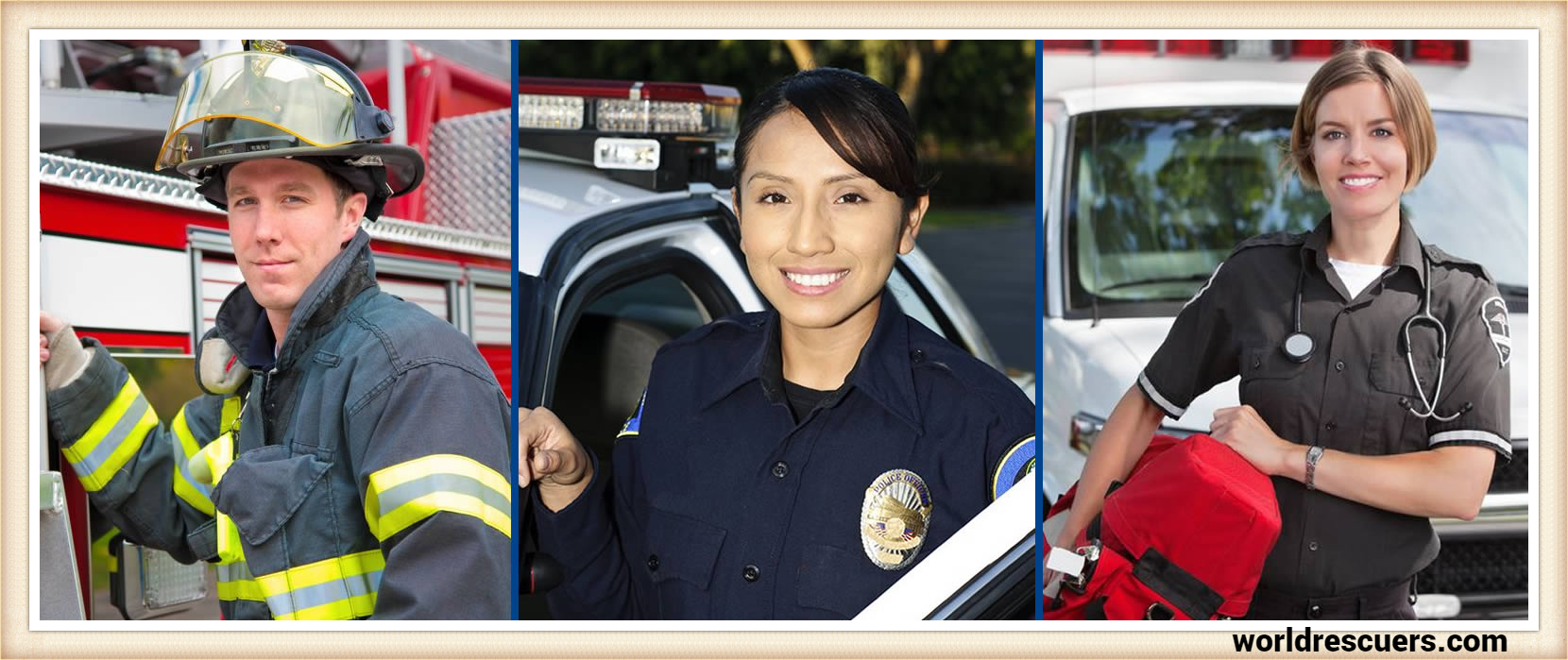
Conclusion
In the realm of public safety, professionalism is the cornerstone of trust, efficiency, and ethical accountability. By adhering to high standards, fostering a culture of professionalism, and investing in ongoing education, we can ensure that our public safety organizations not only meet but exceed the expectations of the communities they serve.
Introduction
In the realm of public safety, professionalism is not just a desirable attribute; it’s an absolute necessity. Ensuring that our first responders exhibit the highest levels of professionalism can make the difference between life and death. In this article, we delve deep into the intricacies of professionalism in public safety, aiming to provide valuable insights that can empower organizations and individuals in the field.

Defining Professionalism
Professionalism encompasses a wide range of qualities, behaviors, and standards that are crucial for effective and ethical service delivery. It involves:
1. Commitment to Duty
First and foremost, public safety professionals must be unwavering in their commitment to duty. This means being ready to respond to emergencies 24/7, regardless of personal circumstances. It’s a calling that requires sacrifice and dedication.
2. High Ethical Standards
Maintaining impeccable ethics is non-negotiable. Public safety personnel must adhere to a strict code of conduct, ensuring that their actions are always in the best interest of the community they serve.
3. Continuous Training and Education
It is an ever-evolving field. To stay at the forefront, professionals must engage in continuous training and education. This includes staying up-to-date with the latest technologies, techniques, and legal developments.
The Impact of Professionalism
The influence of professionalism in public safety is far-reaching and profound. Here’s a closer look at some key areas where professionalism makes a difference:
1. Emergency Response
Prompt and efficient responses during emergencies can be a matter of life or death. Professionalism ensures that first responders remain composed and effective, even in the most challenging situations.
2. Community Trust
Trust is the foundation of any successful organization. When the community has confidence in the professionalism of its first responders, cooperation and support increase, leading to safer neighborhoods.
3. Legal and Ethical Accountability
In an environment where lives are on the line, legal and ethical accountability is paramount. Maintaining professionalism reduces the likelihood of misconduct and legal repercussions.

Implementing Professionalism
Achieving and maintaining professionalism in organizations requires a multifaceted approach. Here’s a step-by-step guide:
1. Recruitment and Selection
Start by selecting candidates who exhibit strong ethical values and a genuine commitment to public service. Rigorous background checks and interviews are essential to identify the right individuals.
2. Training and Development
Invest in comprehensive training programs that cover not only technical skills but also ethical decision-making, communication, and community engagement. Regularly update training modules to stay current.
3. Leadership and Mentorship
Effective leadership sets the tone for professionalism within an organization. Encourage mentorship programs that pair experienced professionals with newcomers to instill values and best practices.
4. Continuous Evaluation
Regularly assess the professionalism of your team through performance reviews, peer evaluations, and community feedback. Address any shortcomings promptly.

Emergency Service 911 Role in Public Safety
The role of emergency service 911 is pivotal and serves as a lifeline for communities across the United States. When we dial 911, we are initiating a critical chain of events that can mean the difference between life and death in emergencies. Here, we delve into the significant role that 911 plays.
Remember, professionalism is not just a goal; it’s a continuous journey toward excellence.
FAQ’s
What are the top public safety issues?
Top public safety issues include crime, natural disasters, and public health emergencies.
What is public safety NYC?
Public safety in NYC refers to the measures and services provided by city agencies to protect and ensure the well-being of its residents and visitors.
Highly trained Assistant Fire Chief dedicated to public safety and awareness for the past 16 years. Effective leader who remains steady during times of emergency, while directing and motivating team members throughout crises.

